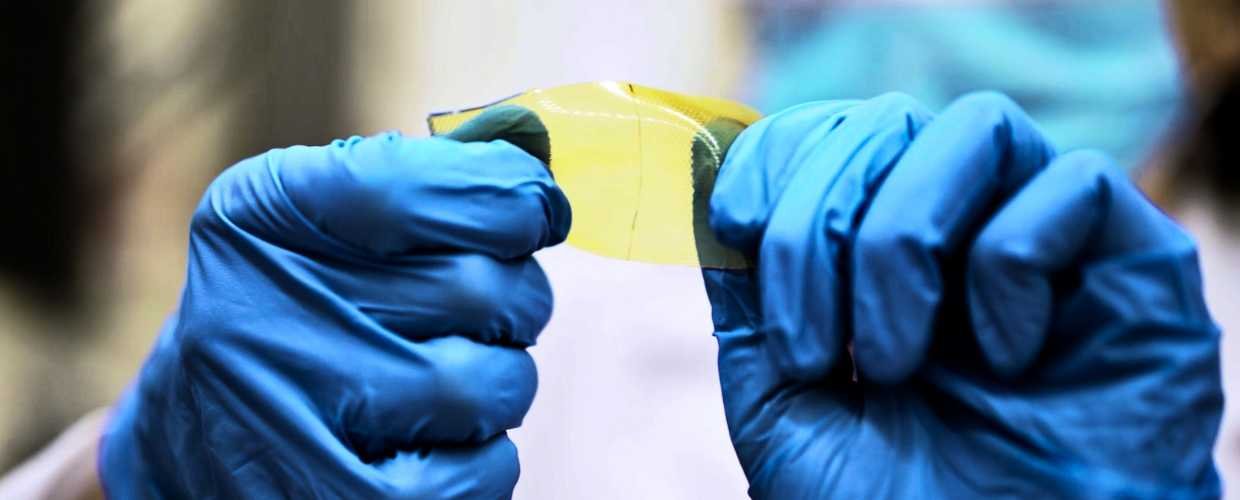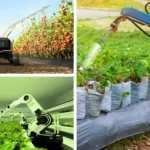Key Points
- Self-healing materials combine materials science, nanotechnology, and engineering, offering a revolutionary approach to sustainability and durability.
- These materials can autonomously repair cracks and scratches in various products, reducing maintenance costs and extending lifespan.
- Self-healing concrete and polymers can mend small cracks, enhancing the longevity and safety of buildings while minimizing waste.
- The materials are set to redefine product longevity and environmental responsibility, heralding a more resilient and sustainable world.
In a remarkable leap towards sustainability and durability, Self-Healing Materials have emerged as a breakthrough technology that promises to revolutionize several industries. This cutting-edge innovation combines materials science, nanotechnology, and engineering to create substances that can repair themselves when damaged. The potential applications of this technology are vast and hold the key to a more sustainable and resilient future.
Imagine a world where cracks in infrastructure, vehicles, electronic devices, and household items automatically repair themselves, significantly reducing maintenance costs and extending the lifespan of products. Self-healing materials are here to turn this vision into reality. Through innovative chemical and physical mechanisms, these materials can autonomously mend fractures, scratches, and other forms of damage, restoring their structural integrity and functionality.
The construction industry is set to benefit immensely from this technology. Self-healing concrete and polymers could repair small cracks that occur over time due to stress or environmental factors. It will enhance the longevity and safety of buildings and infrastructure, reducing the need for frequent repairs and minimizing waste.
In the automotive sector, self-healing materials offer exciting possibilities. Car exteriors prone to scratches and dents could become a thing of the past as surfaces equipped with self-healing properties regenerate and regain their original form. This would enhance the aesthetic appeal of vehicles and contribute to their longevity and resale value. Electronics and consumer goods are also on the verge of a paradigm shift.
Imagine smartphones and gadgets that can repair minor damages, such as scratches on their screens or casings, without human intervention. This advancement could drastically reduce e-waste and contribute to a more sustainable electronic industry.
While the potential for Self-Healing Materials is immense, continued research and development are crucial to optimize this technology’s healing efficiency, scalability, and cost-effectiveness. Furthermore, addressing concerns about the environmental impact of producing and disposing of these materials will ensure a sustainable future.
As we step into this era of innovation and sustainability, Self-Healing Materials are poised to redefine our understanding of product longevity and environmental responsibility. The dawn of self-repairing materials marks a promising stride towards a more resilient, sustainable, and environmentally conscious world.





